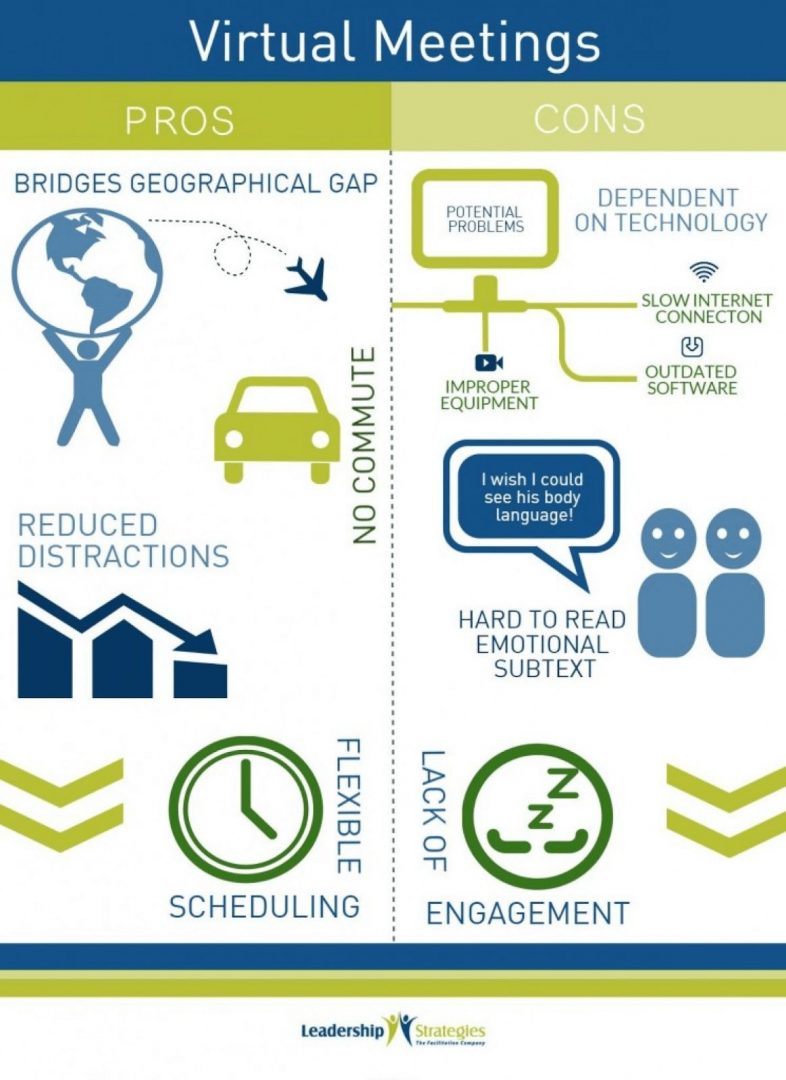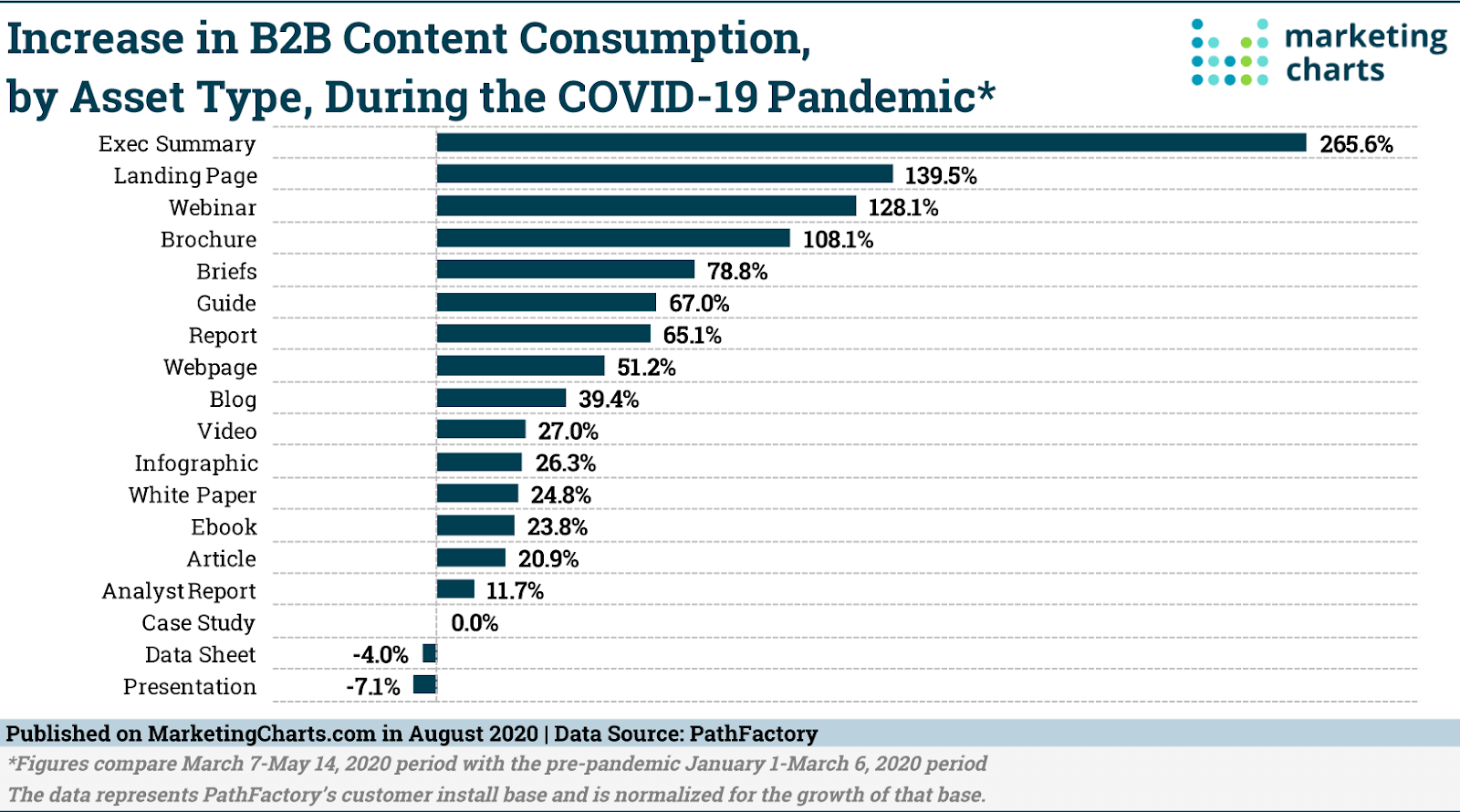While the future of sales is constantly shifting as the pandemic continues to disrupt everyday life, figuring out how to navigate the world of post-pandemic business is the topic on everyone’s mind.
The new “normal” will look a lot different than how business was conducted pre-pandemic. With an emphasis on remote working, finding ways to lean into these changes and social selling will help your company thrive as the effects of the pandemic set in.
Adjusting from the abrupt change to the way business was conducted led to a push for remote working environments to become the norm. While some companies and leaders are still hesitant to make a permanent switch to virtual or hybrid models, workers are enjoying the benefits of telecommuting. Finding a balance that allows your employees the flexibility to enjoy remote work can help your business thrive in the post-pandemic world.
In this updated guide, we dive into post-pandemic sales to provide tangible actions your team can take to make sure your business comes out on top. Once you have an idea of what the post-pandemic world may look like, you can start planning effective methods of introducing these ideas into your content marketing plans. Keep reading, or jump ahead to the following sections:
- Navigating Virtual Business
- The Future of Conferences and Networking
- Working Remotely With a Full Staff
- Get Comfortable With Your Technology
- Generating Leads and Creating Connections
- Creating Genuine Connections
- Utilize Visual Materials
- Don’t Forget the Follow-Up
- Content-Driven Sales
- Key Takeaways
Navigating Virtual Business
Swapping over to remote business has been a huge undertaking for most companies. Luckily, everyone is finally getting the hang of virtual work. The most important takeaway from the sudden shift to virtual—it’s here to stay.
A 2022 Gallup survey found that 8 out of 10 employees are taking part in virtual work. The demand for hybrid or remote work continues to increase as employees experience an improved work-life balance. In fact, the Career Pulse Survey found that 97% of employees want some kind of hybrid (32%) or remote (65%) work option.
What does that mean for your business? You have to be flexible and use sales AI tools for example. Continued evaluation will go a long way as you navigate virtual business for your workers and clients. Shift your thinking from short-term solutions to a long-term plan.
Navigating this new environment is important for employee retention. Despite its popularity among workers, some companies are still pushing for a return to office culture. Microsoft found that only 12% of leaders feel confident in their remote employees’ productivity.
However, the same study shows that 87% of employees feel they are just as productive at home. Virtual work can help prevent burnout among top performers, allows for more focus time, and cuts out commute times. Employers should take the time to create long-term plans that encourage productivity while acknowledging the benefits of remote work.
The Future of Conferences and Networking

Before the pandemic, it was common to go to multiple conferences a year and several networking events to generate leads and cultivate relationships with potential clients. Since going virtual, the business world has come to the realization that these events aren’t actually necessary to create relationships.
This may be a huge shift for you if you are a handshake-deal kind of salesperson, but virtual networking events can be just as effective when implemented properly.
Now, you can network from the comfort of your home office, and your company doesn’t have to foot the bill for expensive travel plans. Zoom, and other video platforms, have the option for break-out rooms and screen sharing, so your networking can be focused on direct conversations with prospective clients.
Working Remotely With a Full Staff
Since the switch to remote work in 2020, employees are continuing to enjoy the benefits of their virtual environments. The demand for telecommuting has remained strong. According to an AT&T study, hybrid work models were at 42% in 2021, and they are expected to increase to 81% by 2024.
Now that everyone is beginning to adjust to virtual sales operations, it is important to set standards for your employees when they are conducting business from their homes. Outline clear goals and keep a constant stream of communication.
Overcoming Remote Working Challenges
While many employees continue to see benefits from virtual work, employers are faced with challenges in creating sustainable remote or hybrid options. Facing the issues that remote work may create can help your company find its footing and get ahead. Most importantly, understanding that hybrid and virtual options are here to stay, at least for the short-term future, is crucial to a business’s success.
Assessing pain points to help better manage a hybrid team is a great way to figure out where improvements can be made. Using the 5Cs checklist means evaluating communication, coordination, connection, creativity, and culture. These factors can help strengthen your team and boost productivity in virtual environments.
Communication remains the backbone of a solid team. Due to the abrupt transition to virtual work, teams have had to readjust the way they interact with each other and other departments. Utilizing technology and establishing workflows can help streamline communication, which allows teams to work together effectively.
Coordination and connection help make sure no one is left out of the loop in important conversations. When working in-person, employees are easily connected with each other as well as coordinate meetings. Overcoming these challenges in the remote environment will help your team remain social and committed to the organization’s cause.
Finding ways to encourage collective creativity as well as individual ideas can help your team get ahead. Working remotely can silo members and discourage team collaboration, which is when group creativity shines. By utilizing zoom meetings and sidebar conversations, ideas can continue to flow and push for innovation.
Lastly, finding a way to cultivate company culture in remote working environments is important to retaining and attracting talent. While the transition to virtual work may have kept the culture among current employees, new hires face the challenge of finding ways to integrate with teams that don’t meet in person. Company culture is important for all employees, however, and businesses should focus on differentiating themselves from competitors with the environment they create for their workers.
Get Comfortable With Your Technology
Find your favorite virtual platform, and master it. Technology can be unreliable, but knowing how to troubleshoot efficiently can save your meetings when they experience problems. Using your platforms with confidence will show clients you are prepared.
Use e-signatures and make sure your clients are on board with this practice. This practice isn’t something that developed because of the pandemic, but with fewer in-person meetings, there is a greater reliance on closing deals electronically.
Like your other platforms, find a format that works for you, and be prepared to walk your client through the steps. Address their concerns about signing documents over email. Assurance and understanding will go a long way in making this process as smooth as possible.
Generating Leads and Creating Connections
Sales has always been an industry that requires a lot of communication, especially in-person, for sales conversions. Shifting to virtual sales operations provides more options when generating leads if you supplement in-person cultivation with an online generator.
Relying on technology to help generate leads can make a big difference for your team. With the current lack of chances to meet new leads in-person, supplementing with an online platform will create new opportunities.
Leadboxer’s platform is an example of this technology. It allows you to track every movement, beginning with the first interaction with your website, so you can qualify each prospect and plan your pitch accordingly.
Creating Genuine Connections
Without the ability to hit the golf course or meet for drinks with clients, finding an effective sales process during virtual meetings is crucial. Zoom meetings can seem formal compared to your usual networking activities, so find ways to make these interactions feel natural for all of the participants.
Take a few minutes before starting your meeting to chat about non-work related things. Use your camera and crack a few jokes instead of jumping straight into your pitch. Your clients will appreciate these efforts, and it will ease tensions going into the meeting.
Utilize Visual Materials

Virtual meetings give you the ability to screen share with participants. Take advantage of this feature. Come prepared with Powerpoint presentations, do live demos of your products, and use engaging visuals to help the customer understand your services.
These visual tactics will boost engagement and keep your attendees’ attention throughout the meeting. With virtual meetings, vying for your client’s full attention is difficult since you’re competing with web browsers, cell phones, and instant messaging. Delivering a presentation that keeps the client’s focus will make a huge difference.
Don’t Forget the Follow-Up
Virtual business means it is possible for more meetings to be scheduled back to back during the day. So following up in a timely manner is important to stay fresh on your client’s mind.
After your meeting, send a quick email summarizing your discussion. Attach your PowerPoint presentation, or send links to your website. It is important to provide clear next steps with your client while demonstrating that you are committed to helping them through the process.
Reach out when your services can be valuable to their efforts. It’ll help strengthen the relationship by showing your client how dedicated you are and it’s important for account expansion too. Try to stay fresh on your client’s mind without bombarding them with constant messaging.
Don’t forget personalization when following up. Virtual doesn’t have to be boring. Send a personal thank you card or take time for a check-in phone call.
Content-Driven Sales
Using all of your marketing channels will help as you navigate the post-pandemic virtual sales game. Let your content speak about the company’s mission when it appears in the client’s inboxes and on their social media feed.
Work alongside your marketing team to craft content that illustrates the points you make during your pitches. Use images when giving presentations and when sending information to prospects.
With the switch to virtual business, relying on content and utilizing these channels will help boost your sales. Provide concrete calls-to-action and direct steps for your clients to take when they receive your content. Create a strong lead strategy.
Key Takeaways
Embrace the virtual world. Get comfortable with Zoom meetings and online networking events. Allow technology like Leadboxer to fill the gaps in areas like generating leads and tracking client action.
Leadboxer offers proven ways to generate leads and help your sales team as they navigate the current business climate.
Allow employees to provide feedback on remote work before making decisions about returning to the office. As senior leadership within companies begins to discuss the possibility of on-site work, it’s important to understand how that will affect workers. These transitions can have strong impacts on productivity, company culture, and overall employee wellbeing.
Invest in ways for your employees to connect. Focus on cultivating a strong culture, regardless of where your workers are located. Setting your company apart from competitors within the virtual landscape can help retain employees.
Make sure to find strategies for continuing to cultivate genuine client relationships via inbound or outbound marketing. Make time before each meeting to chat and connect. Utilize visuals and online presentations in your virtual meetings.
As we continue to navigate the new normal and adjust to remote workspaces, keep in mind— virtual business is here to stay.
